Chiropractic Solutions For Headache Relief

Headaches and migraines are pervasive issues affecting millions worldwide. Understanding the types and prevalence is crucial for Chiropractic Solutions For Headache Relief. Chiropractic care emerges as a holistic approach with promising results. Chiropractic Approach Chiropractic care focuses on spinal adjustments to improve nervous system function. Illustrations demonstrate how misalignments (subluxations) are corrected, relieving tension and […]
Effective Chiropractic Management Of Headaches
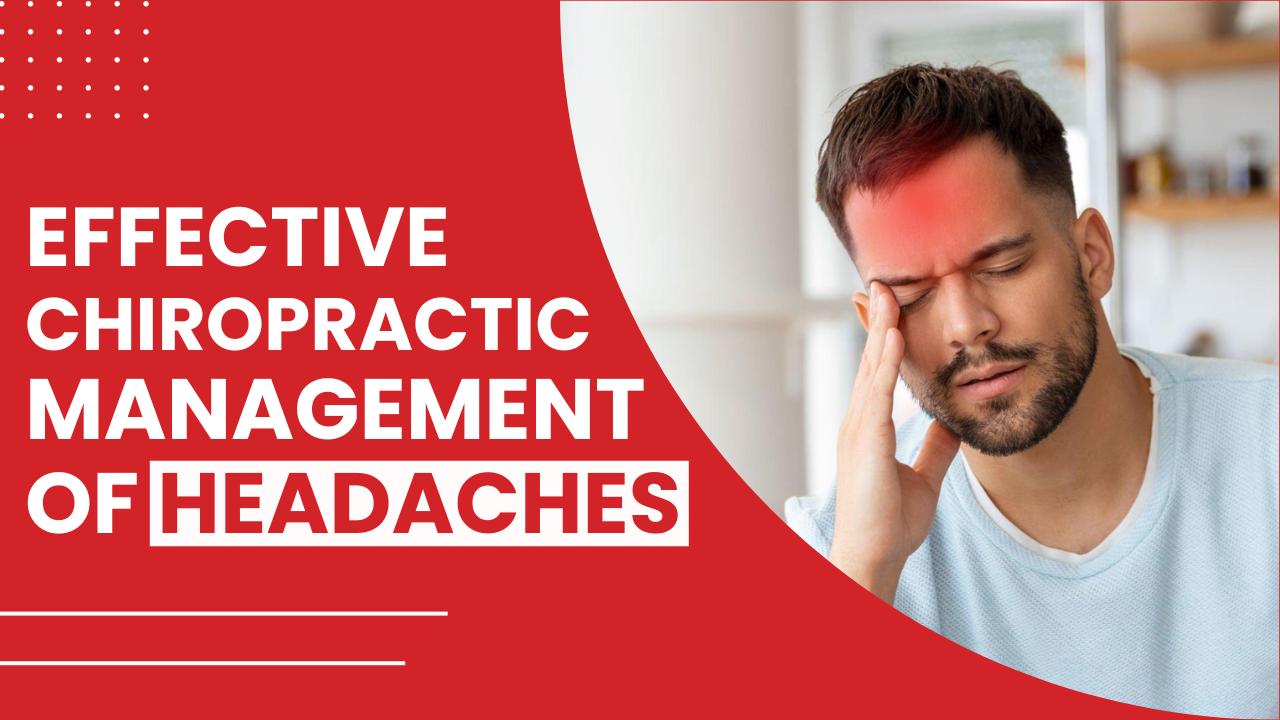
Introduction Headaches and migraines are common neurological conditions that can significantly impact a person’s quality of life. Chiropractic Management of Headaches is recognized as a potential alternative or complementary approach for managing these conditions. In this article, we will delve into the effectiveness of chiropractic management in relieving headaches and migraines, exploring the underlying principles, […]
Get Your Good Sleep

Eat Your Greens

Insanely Easy Way To Add Years To Life: Eat Your Greens

Here comes March, and in the blink of an eye, it’s already National Nutrition Month! It’s the best time to revisit our eating routine. We’ve been busy with all sorts of things, enjoying the warm weather and waiting for spring (or summer), but when it comes to eating, we tend to lose focus. […]
7 Methods To Cure A Sinus Headache At Home
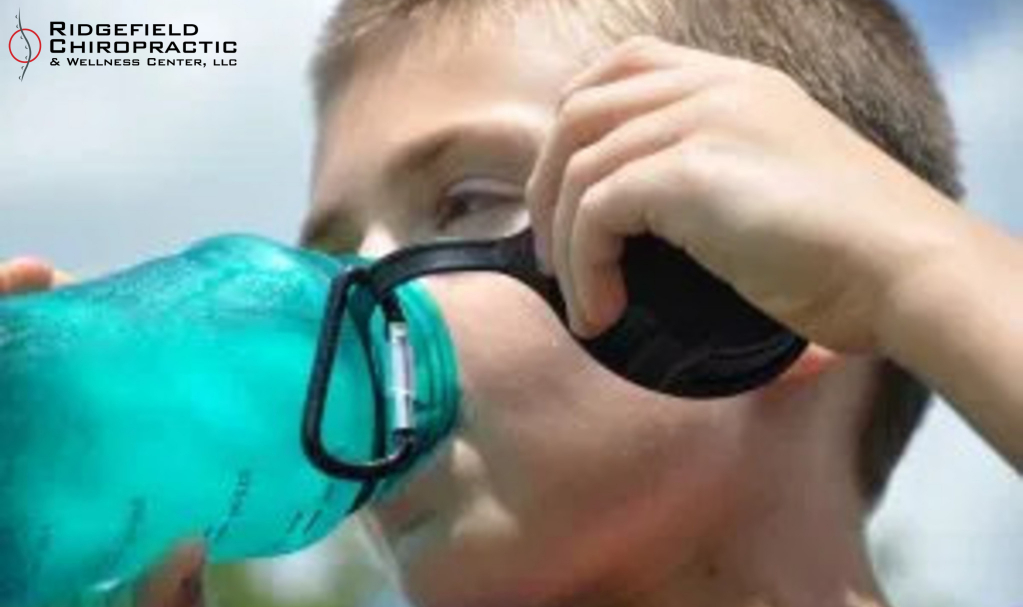
It starts with pressure. You feel it in your face. You feel it behind your eyes. You can’t breathe. Your upper teeth hurt. Your ears feel full. Then, the throbbing in your head begins. Oh, the throbbing! You already know what it is…another sinus headache. So, you go to your doctor who gives you a […]
How Your Chiropractor Can Treat and Prevent Sinus Infections
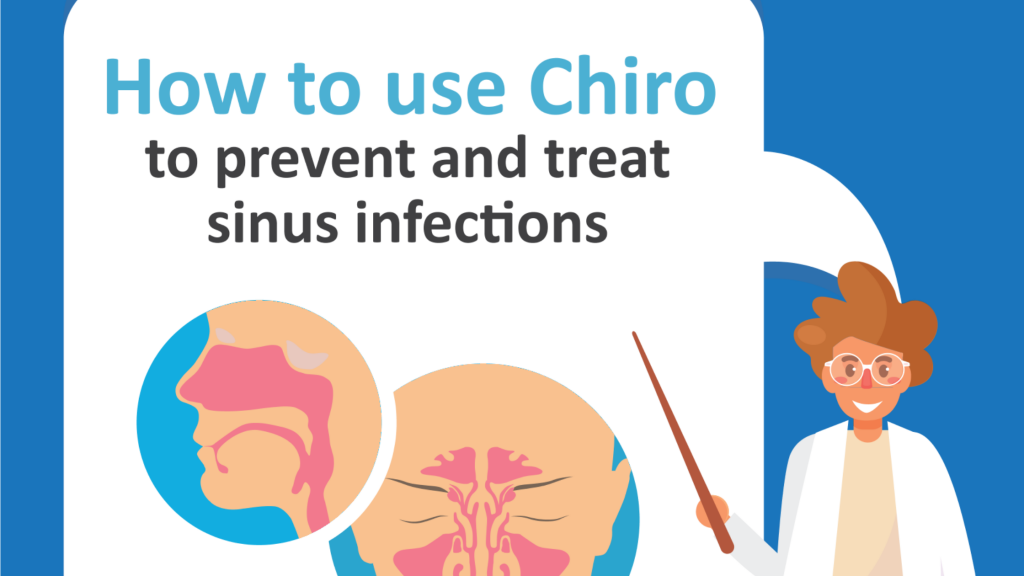
No one likes the constant headache, runny nose, and general misery that sinus infections bring. Chronic sinus issues can lead to other health issues and the need for multiple rounds of antibiotics, taking antibiotics over and over can reduce their effectiveness. Thankfully, there are a lot of ways you can help prevent and treat […]
How to hit Your Goals This Year (Without Pain!)
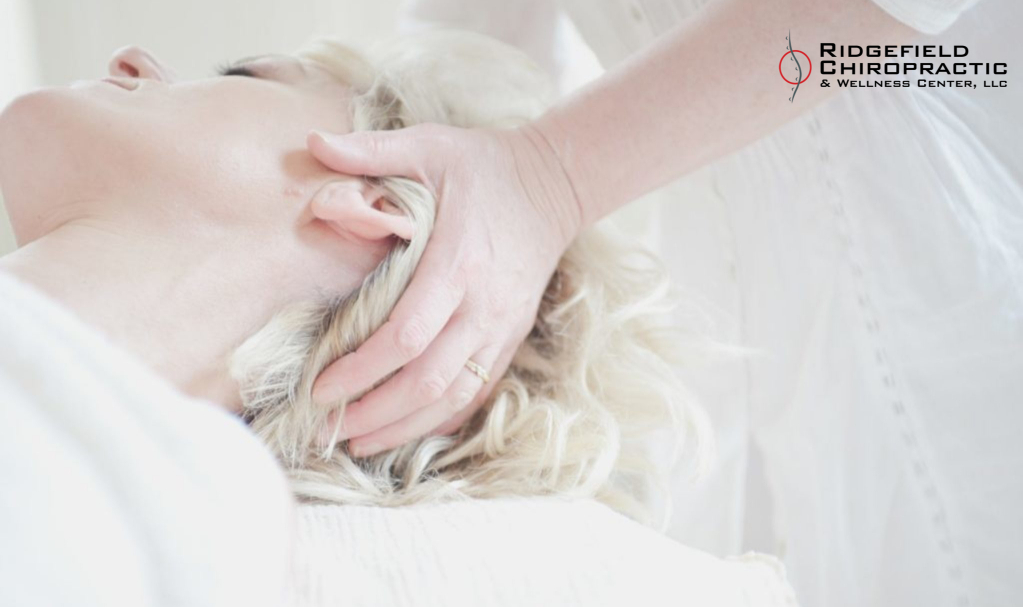
Did you know that, worldwide, back pain is the single leading cause of disability? When it’s severe, it can prevent people from engaging in work and leisure activities, creating a pronounced negative impact on quality of life, and making it hard to enjoy the things you used to love. Back pain is also one of […]
How Your Chiropractor Can Help Relieve Sinus Issues
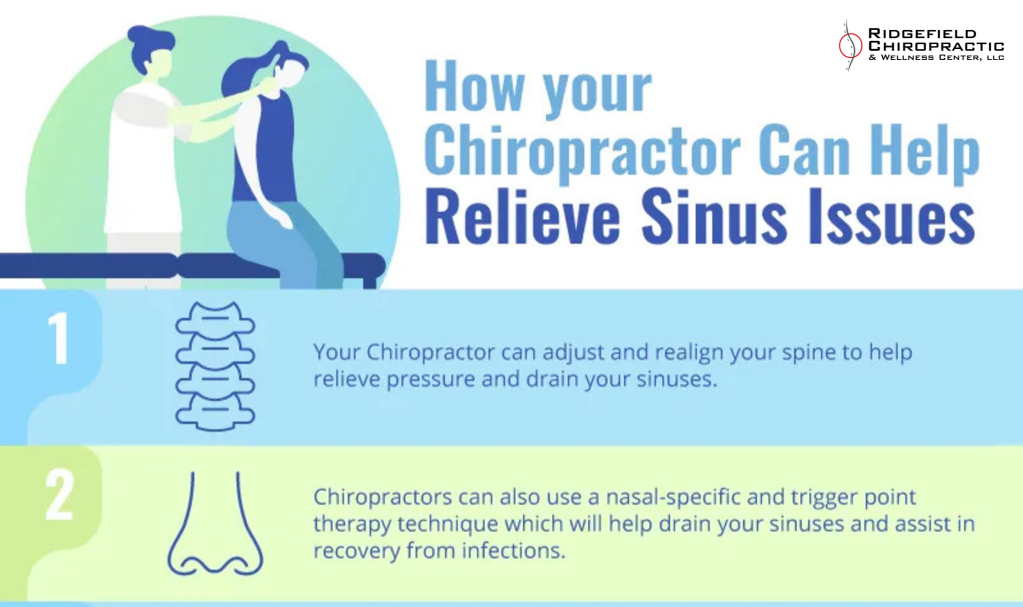
Sinus issues are no fun, depending on what area you live in and your allergies a lot of sinus sufferers go a decent part of the year dealing with sinus headaches, constant runny noses, and a constant stream of medicine. The great part is that you have options, great natural options to help with those […]
6 Ways Chiropractic Care can Help Reduce Headaches

In the U.S. and across the world, headaches after one of the most common chronic disorders people face. According to the World Health Organization (WHO), almost 50% of the adult population has experienced a headache at least once within the past year. Additionally, 9 out of 10 Americans suffer from headaches at some point in […]
